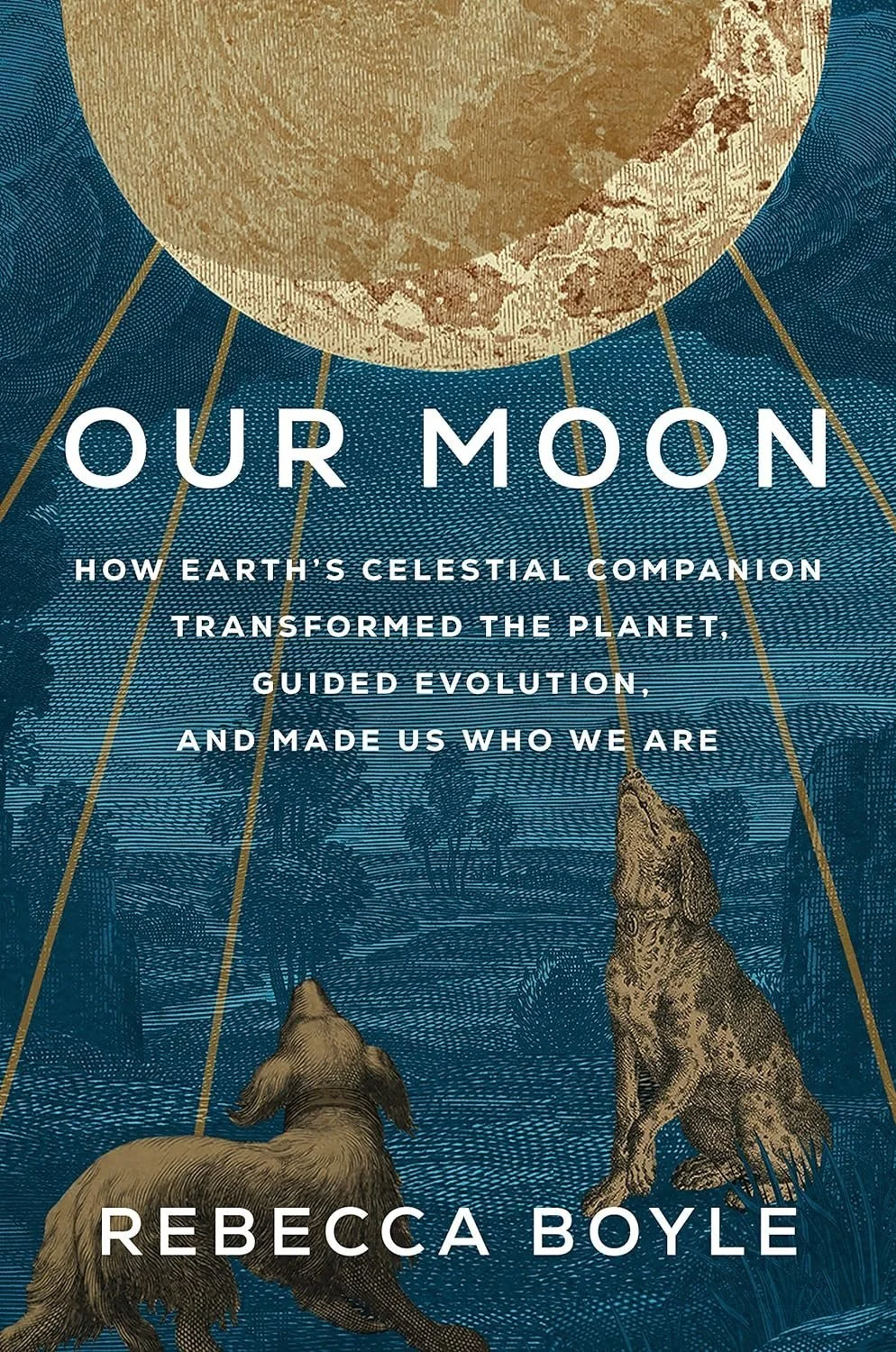Astronomer-readers may especially appreciate the last third of the book, How We Made the Moon, discussing early lunar observing efforts by historical heroes like Galileo and Kepler, as well as the lesser-known Thomas Harriot, whose sketches of the Moon’s surface will look familiar to many first-year astro lab students and predated Galileo’s by a few months.
This final section (in which Boyle describes the death of geocentrism, the last 50 years of lunar exploration, and future prospects for lunar prospecting) felt a little compressed, but maybe it was just more familiar.
Despite this, Boyle finds the space to charge readers to consider valuable questions that sometimes get lost in the fast-paced world of private space exploration. Is our Moon really “our” Moon? Who decides who can reach it, access its resources, stake claims to its dusty, desolate surface? While power and force have shaped human exploitation of the Earth for millennia, the Moon may finally give us the opportunity to do something different.
What really makes this book stand out, from its very first pages, is Boyle’s writing style. Far from merely informative, her descriptions of historic events and lunar landscapes are colorful and evocative, even poetic at times, with sentences such as “We project our dreams and our fervor onto its mottled surface and it serves as a mirror, both figuratively and literally…The Moon is Earth in inverse, a desolate rock whose scars whisper of our world’s violent past and underscore its riotous gardens of color and life. The Moon contains only what we imagine it to contain. It harbors only what we berth in its seas.” ~ Katya Gozman and Yoni Brande
